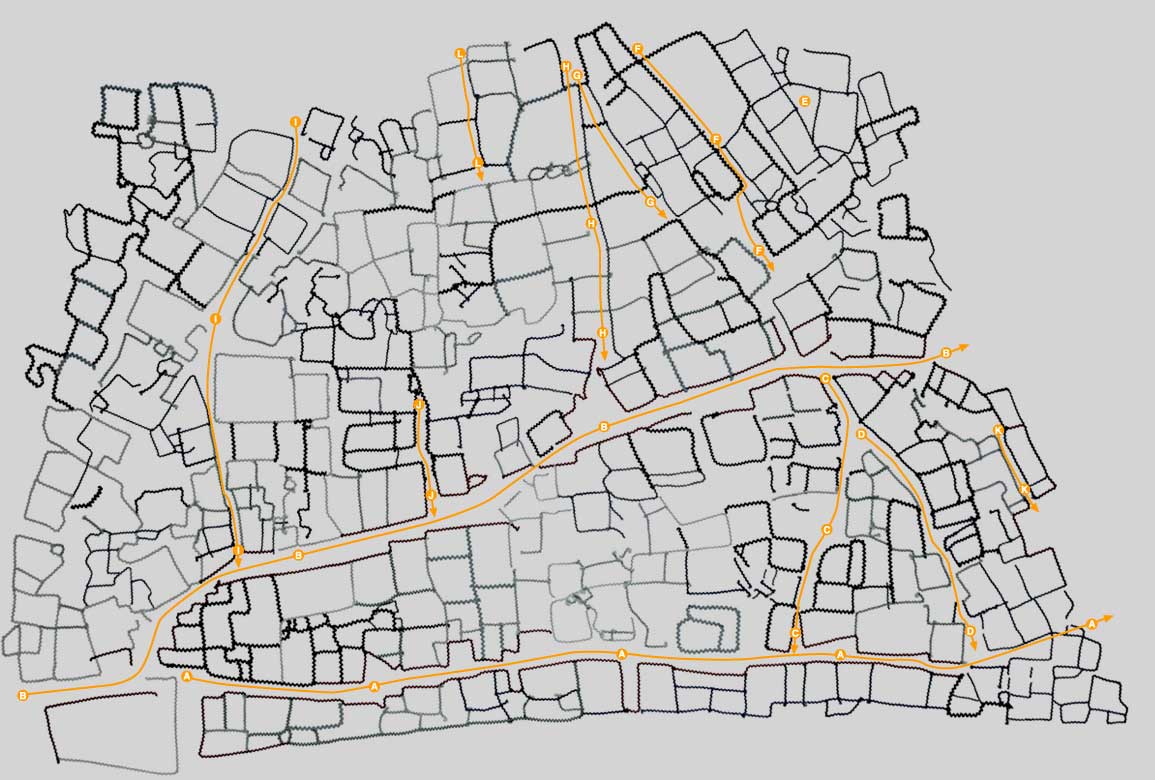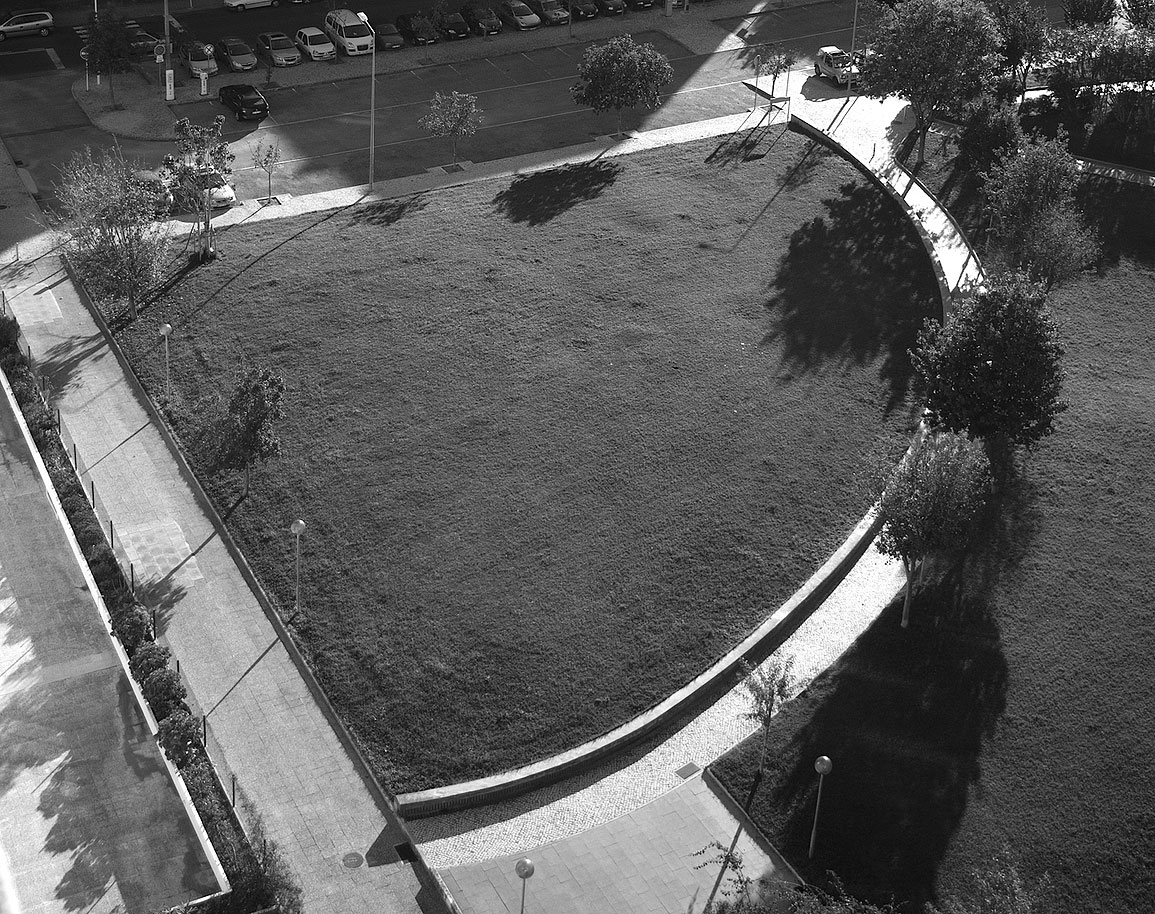Description: The sugar cane, also called Sherdi (G.) has its origin in South-west Asia.
According to Sucilabai Ramgi, this plant came from the Quinta da Montanha (The Dutch neighborhood) in the Areeiro area, in Lisbon, where they lived when they came to Portugal from Mozambique in the seventies. They lived there until the demolition of the neighborhood. According to Ramgi, the sugar cane is used very frequently as an offering in religious ceremonies and distributed as Prassad. The Prassad are offerings blessed by gods. Generally, they include food, plants and flowers placed in religious spaces. After the blessing they are distributed to the devotees.
Once a year this plant is used to adorn the temples during the tulsi vivah, the marriage between the God Vishnu with his wife Tulsi (a plant belonging to the basil family). (*)
Provided by: Sucilabai Ramgi, a Mozambique-born Portuguese.
Present Location: Vitoria Garden Collection (it was transplanted from Quinta da Vitoria neighborhood in October 2014)
Last revision date: March 2016
(I) Numbering in accordance with the archive of trees and plants identified in the Quinta da Vitoria 2012 and 2013.
(II) Mabberley, David J. Mabberley´s Plant-Book: A Portable Dictionary of Plants, their Classifications and Uses. Cambridge University Press, 2008.
(*) Testimonies of residents gathered in a set of recorded conversations in the neighborhood of Quinta da Vitória and later to your demolition, recorded in Lisbon, Loures and London between July 2012 and October 2014.
(G.) Word in Gujarate language.





